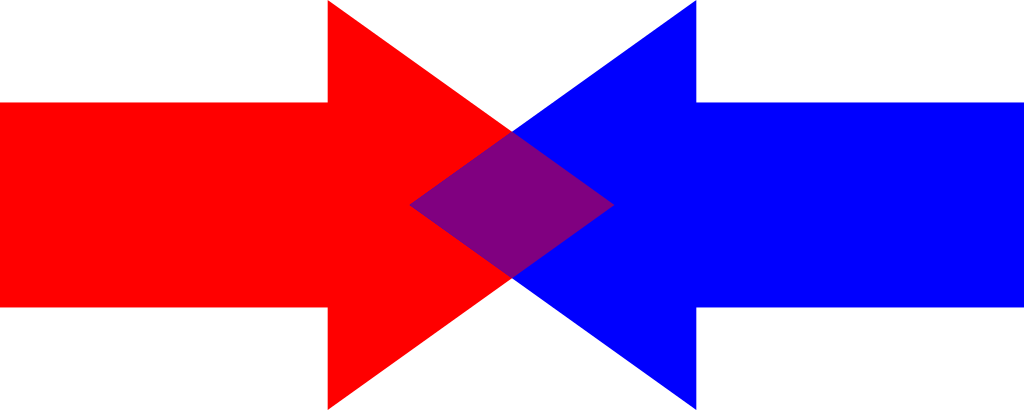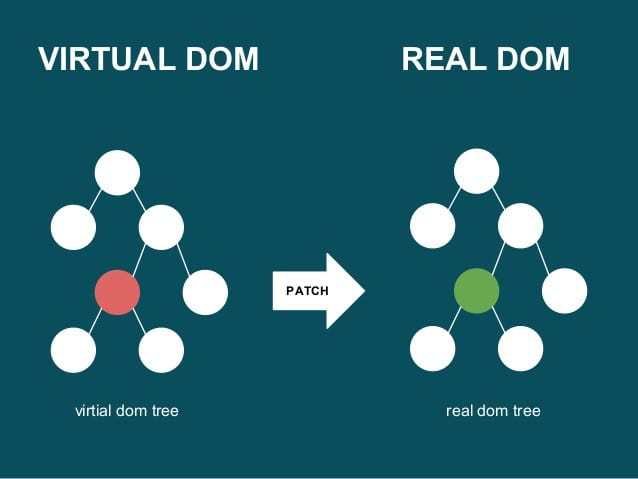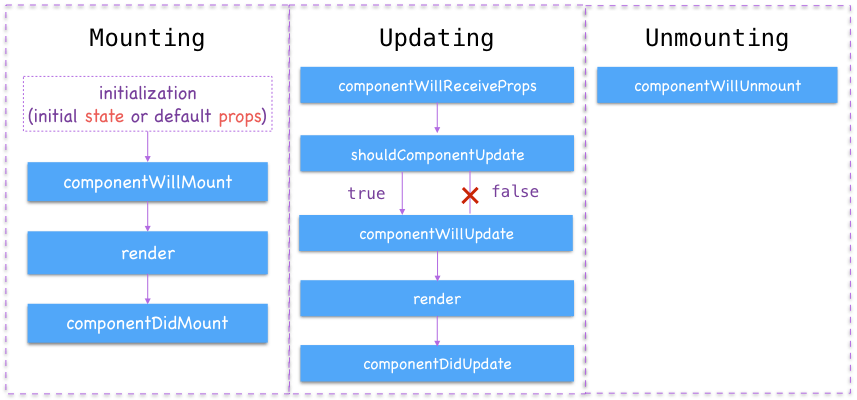React in-depth
Joe Buza
-
What happens when you call setState?
-
What arguments can be passed to setState?
-
What is the difference between a controlled component and an uncontrolled component?
-
What does shouldComponentUpdate do and when to use it?
-
What is the difference between Class, Pure and Functional Component?
What happens when you call setState?
Merge

New State
Old State
Reconciliation

What arguments can be passed in setState?
this.setState(updater, callback)
this.setState(
{ toggled: true },
() => {
console.log('setState has finished and re-rendered.')
console.log(this.state.toggled) // true
}
)
this.setState(
{ toggled: false }
)
this.setState((prevState, props) => {
return {
toggled: !prevState.toggled
}
})
1.
2.
3.
!this.state.toggled
What is the difference between Controlled and an
Uncontrolled Component?
Controlled
class ControlledForm extends Component {
state = {
username: ''
}
updateUsername = (e) => {
this.setState({
username: e.target.value,
})
}
handleSubmit = () => {}
render () {
return (
<form onSubmit={this.handleSubmit}>
<input
type='text'
value={this.state.username}
onChange={this.updateUsername} />
<button type='submit'>Submit</button>
</form>
)
}
}class UnControlledForm extends Component {
handleSubmit = () => {
console.log("Input Value: ", this.input.value)
}
render () {
return (
<form onSubmit={this.handleSubmit}>
<input
type='text'
ref={(input) => this.input = input} />
<button type='submit'>Submit</button>
</form>
)
}
}UnControlled
Controlled
UnControlled
What does shouldComponentUpdate do and when to use it?

class CounterButton extends React.Component {
constructor(props) {
super(props);
this.state = {count: 1};
}
shouldComponentUpdate(nextProps, nextState) {
if (this.props.color !== nextProps.color) {
return true;
}
if (this.state.count !== nextState.count) {
return true;
}
return false;
}
render() {
return (
<button
color={this.props.color}
onClick={() => this.setState(state => ({count: state.count + 1}))}>
Count: {this.state.count}
</button>
);
}
}What is the difference between
Class, Pure and Functional Component?
Class Component
-
Lifecycle methods
-
Implement own shouldComponentUpdate
Pure Component
-
Introduced v15.3.0
-
Components with simple, no nested props/state
-
Performs shallow compare
Functional Component
-
Simple presentation
-
Can't define shouldComponentUpdate
-
Easy to test
Resources
Questions?
React in-depth
By Joe Buza
React in-depth
Will answer some of the confusing parts of React. Like how the reconciliation process works and what happens when you change states.
- 1,720



